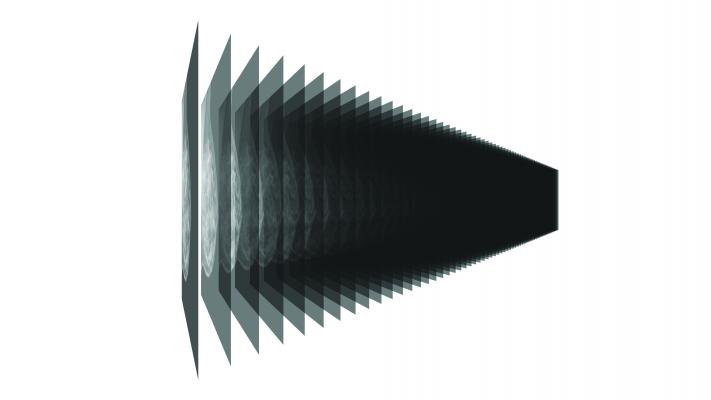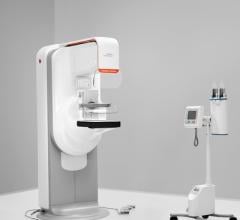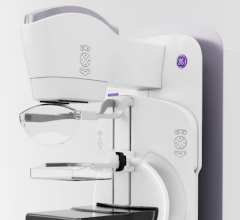
August 26, 2016 — Hologic Inc. announced that a recent study shows Low Dose 3-D Mammography exams with C-View software are comparable to traditional Genius 3-D Mammography exams. The study, conducted by University of Pennsylvania researchers and published online in advance of print by Radiology, showed similar overall and invasive breast cancer detection, as well as recall rates.
Hologic’s C-View software was created for physicians and patients seeking a low-dose screening option with the same clinical benefits as the Genius exam. With C-View software, a 2-D image is generated using the tomosynthesis data acquired during the mammography exam, eliminating the need for additional 2-D exposures. As a result, the radiation dose is lowered to one similar to conventional mammography alone, and the exam’s compression time is reduced.
This is the first major U.S. study that compares the performance of Low Dose 3-D Mammography exams to traditional Genius exams. Lancet Oncology previously published findings of a European study with similar conclusions.
The study, led by Emily Conant, M.D., from the Breast Imaging Division, Department of Radiology, Hospital of the University of Pennsylvania, compared recall rates, biopsy rates, cancer detection rates and radiation dose for 15,571 women who received a traditional Genius exam (digital mammography/digital breast tomosynthesis [DBT]) and 5,366 women who were screened with Hologic’s Low Dose 3-D Mammography exam (synthesized 2-D/DBT). Both screening methods had comparable performance, but the associated dose was significantly reduced by 39 percent with the adoption of C-View software. Furthermore, the low-dose screening option demonstrated an increase in the probability of a patient’s biopsy finding cancer, in comparison to traditional Genius exams.
“In our study, the replacement of standard 2-D mammography with C-View 2-D images in combination with a tomosynthesis exam resulted in equivalent cancer detection,” said Conant, senior author of the study. “Additionally, using synthetic 2-D images resulted in a significant reduction in radiation dose while maintaining the reduction in recalls from screening.”
This study was conducted on Hologic’s Selenia Dimensions mammography system using the company’s C-View software and as such, the results are not applicable to other manufacturers’ technology.
Hologic’s Low Dose 3-D Mammography exam with C-View software is CE-marked, U.S. Food and Drug Administration (FDA)-approved and is commercially available in the United States and Europe. The Genius 3-D Mammography exam is only available on the Hologic Selenia Dimensions system.
For more information: www.pubs.rsna.org/journal/radiology


 December 17, 2025
December 17, 2025 









